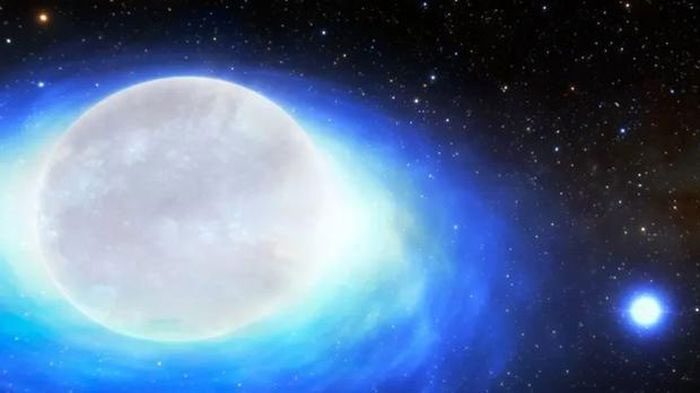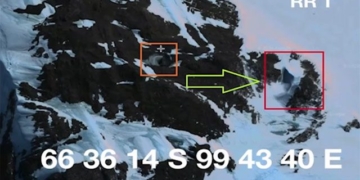Astronomers at the National Optical-Infrared Astronomy Research Laboratory (NOIRLab) of the U.S. National Science Foundation have discovered a rare binary star system for the first time in the Milky Way galaxy.
This star system is thought to have the potential to produce a kilonova explosion—a powerful explosion that can occur through the merger of neutron stars.

Simulation image of the binary star system CPD-29 2176. (Source: CNN)
Researchers reported last week that by utilizing data from the SMARTS telescope with a diameter of 1.5 meters at the Cerro Tololo Observatory in Chile, they uncovered this unique binary star system. The findings were published in the journal Nature.
This binary star system, known as CPD-29 2176, is extremely rare, with only about ten such systems existing throughout our Milky Way galaxy.
CPD-29 2176 is located approximately 11,400 light-years from Earth and was first detected by the Neil Gehrels Swift Observatory of NASA.
After conducting further observations with telescopes, scientists were able to deduce the orbital characteristics and types of stars that comprise this system: one neutron star formed after a supernova explosion from a nearly stripped core star (ultra-stripped supernova), and it is in a very close orbit with another massive star that is in the process of becoming a similar supernova.
The supernova explosion from the nearly stripped core star essentially marks the end of a massive star’s life, which has been stripped of much of its atmosphere by the nearby star.
“The neutron star has not yet ejected its ‘companion’ from orbit. The supernova explosion from the nearly stripped core star is a reasonable explanation for why these stars are in such a tightly bound orbit,” stated Noel Richardson, the lead author of the study, in a statement. “For a kilonova explosion to occur in the future, the remaining star will also need to undergo a similar supernova. Only then can two neutron stars (formed from these supernovae) collide and merge.”
It will take at least another million years for the massive star in this binary system to end its life in a massive supernova explosion and become the second neutron star.
Researchers noted that these two neutron stars will have to come very close together before they can merge. They also pointed out that the kilonova explosion will generate much stronger gravitational waves and leave behind a significant quantity of heavy elements, including silver and gold.




















































